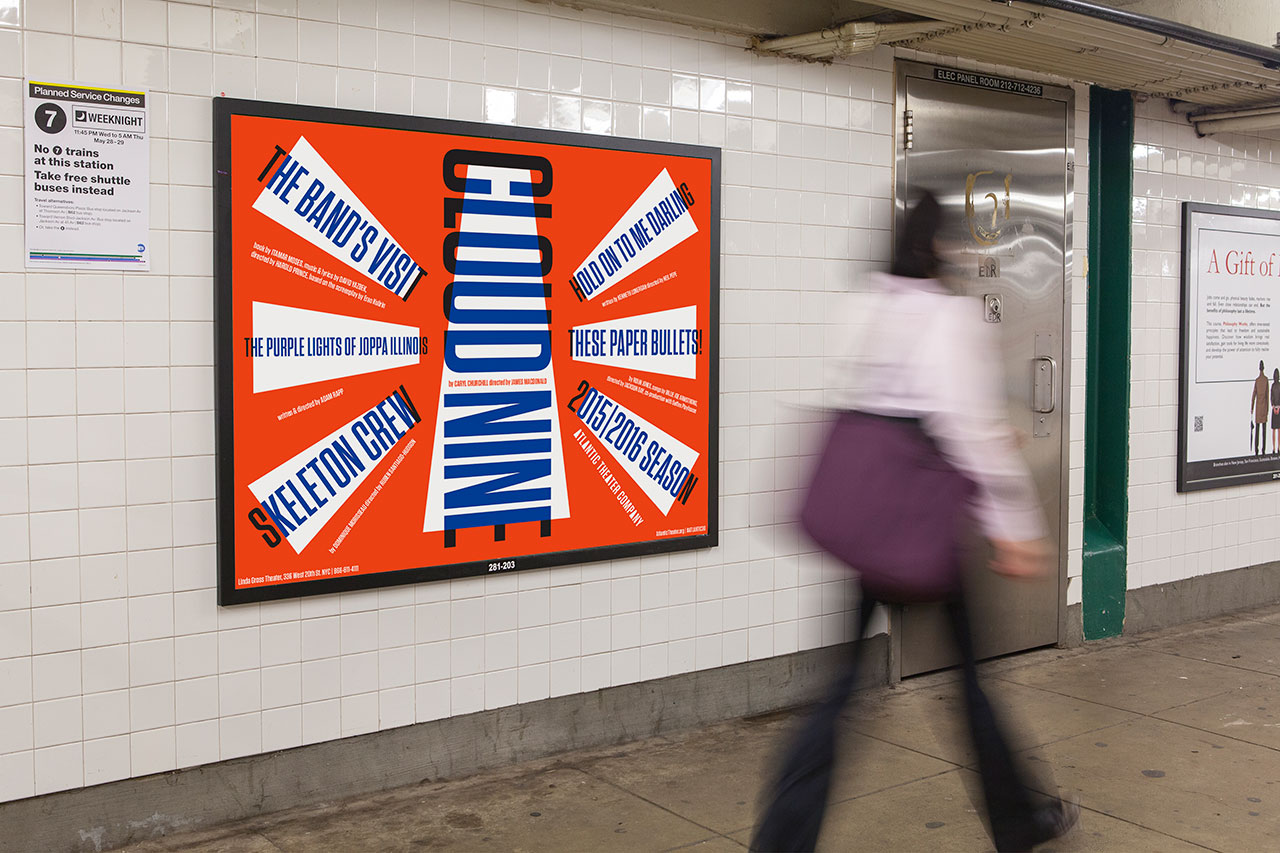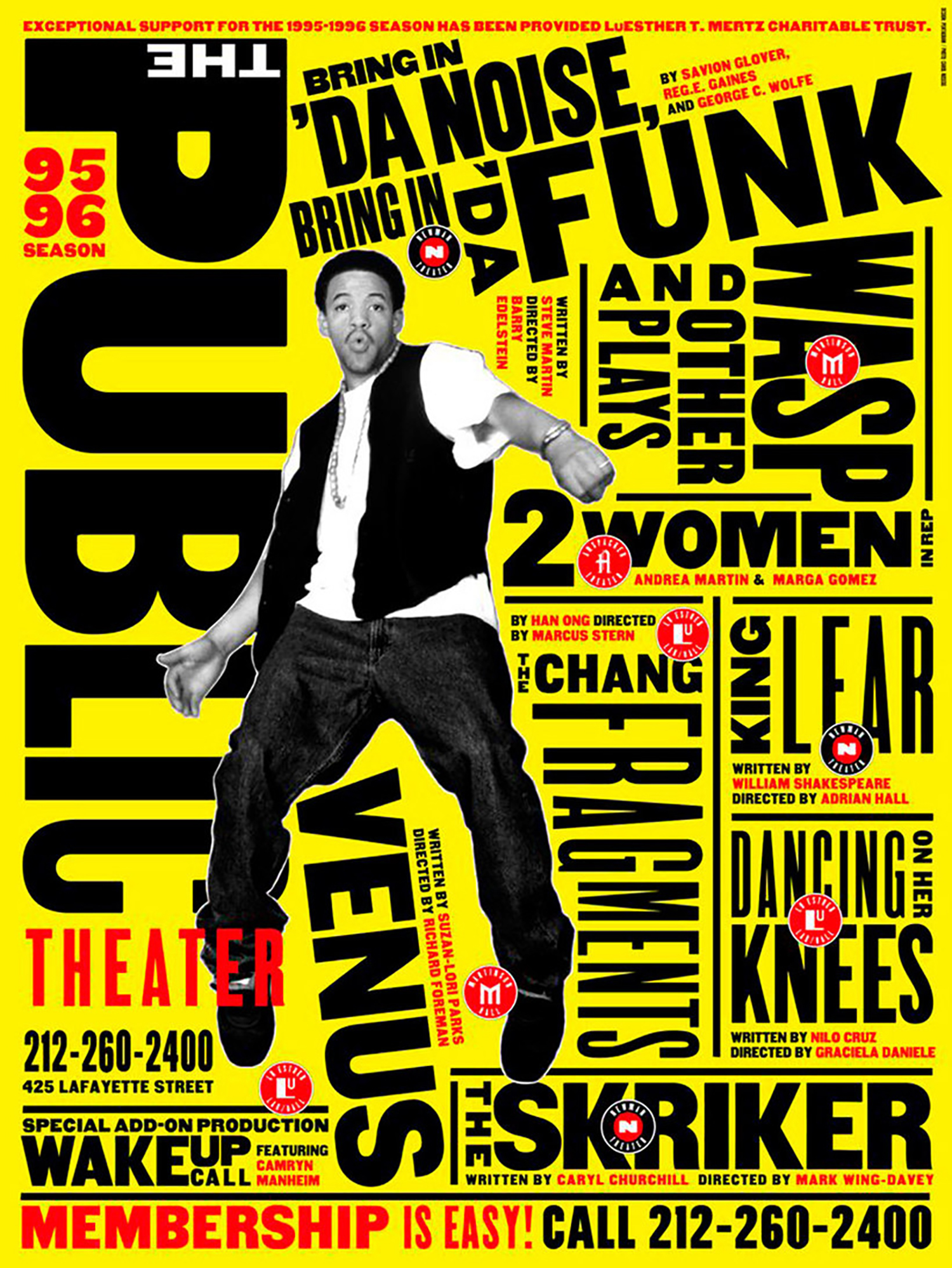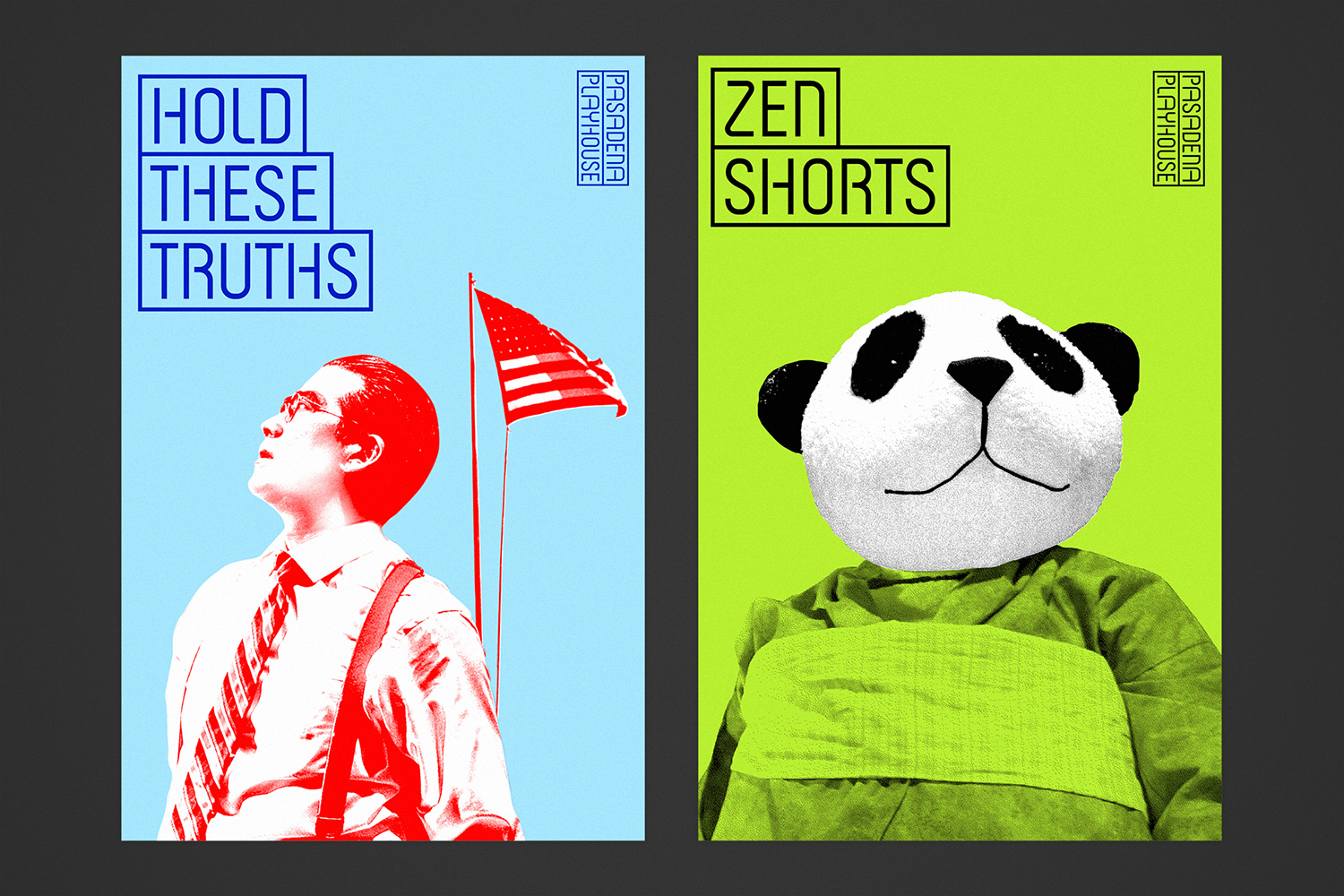“I have a balance between really fun projects and money-focused projects.” Interview with Paula Scher
Paula Scher is one of the most influential graphic designers in the world and a Pentagram Partner. You might have seen her in the Netflix documentary “Abstract: The Art of Design” where she gives a glimpse into her daily work routine and challenging projects. She developed the graphic identities of Tiffany & Co and Citibank and worked for a broad range of clients like Microsoft, Coca-Cola, The Museum Of Modern Art, among many more.
We talked to the inspiring graphic designer about the biggest work challenges for women, the importance of atmosphere in a room and global design trends.
Interview by Catherine Hazotte
Paula Scher is one of our highlights at Forward Online festival on March 11th – 12th!

As the first female principal at Pentagram, do you think you had different challenges to overcome compared to your male colleagues?
I think this is probably true…
Do you have a particular example?
I remember instances where it was difficult to get recognized in a meeting – either in a meeting with clients or with my partners. If there was another man or a male partner present, or if the client didn’t know who I was, I would be overlooked. But time changed things a bit – especially in my case and I just continued working on the things I like.
What are you working on right now?
I work a lot on a variety of identities and some environmental projects. I also continue working on some projects I have been doing now for some time. The work comes and goes. It’s been like this for quite some time and I like most of it as they are pretty nice projects.
How do you choose the projects you work on?
Well, they choose me…
You know, I’m incredible disorganized – I receive a call and I meet with somebody, they explain the project and then it is just details like the subject matter, the time involved and how much they want to pay.
The other main thing, of course, is that a good ad is essentially different from everything you’ve seen before. Maybe it is also a combination of both and of course, originality is important as well.
But advertising itself is full of stereotypes. Everything is quite stuck. It needs people trying to do it in a different way to make something exciting happen.
Are there any criteria you have?
Sure. There are things I want to do. Before I even get the phone call and meet up with the person, there are a couple of projects I want to do and I have them in mind already. Like the Library of Congress – when I got this phone call I just thought, “isn’t this wonderful?”. Because I really wanted to redesign this, and it is a lot of fun.
I think I have a balance between really fun projects like the library which doesn’t pay as much as other projects which are more money-focused. You need this balance because without it you couldn’t survive in this business. All designers do.

What project are you proud of?
I have a lot of interesting projects right now and I like how they develop. Like the library, I mentioned earlier. It is very strong and very shocking. This is also a way of how I judge things and something that makes me proud. Because government institutions usually don’t look like this. That makes it exciting for me.
Where do you get your inspiration from?
There are things in life that you absorb, all the things you see, every movie scene you’ve ever watched, all the Art Museums you’ve been to, every book you’ve looked at. And on the other hand, there is the input from a specific project and you are focusing on a set of needs and opportunities that each problem presents. You are lining up your general knowledge for these things and your restored visual inspiration comes out while working on the project.
How important is the atmosphere in a room for you while you work?
We just moved to a new space and everything is much bigger. We all thought, that we would miss the old space – but in fact, this is so much better! There is so much more room and space. You have more moments to collect your thoughts. Because of this, my days feel a lot less hectic and difficult.
What is the most interesting part of your work for you?
The possibility of thinking about a project without a deadline looming. The possibility of working on something craft-related for a long time at the edge of my capabilities.
What would you say is the hottest design trend right now?
How important would you say is it to share thoughts on design with others?
I do everything very spontaneously. As I work with a team everything is completely shared, because we have to understand each other’s thoughts and opinions on different topics. We are constantly sharing information, developing new concepts, looking up possibilities and trying new things. I call this the experimental trial and error of design.
When you think of an experimental trial: How do new techniques and technology affect your work?
We use tools as they relate to ideas. Within the team, we always work with the best tools and programs we can get. If there is something to animate, we use the best tool on the market for this job. We also use the best 3-D animation we can get our hands-on. And I really love the work of my team.

Do you have any favorite tools right now?
I am personally the person with a pencil and a piece of paper. This never gets out of style.
Which would you consider your biggest design mistake and what did you learn from it?
Oh god, there is one a day. I think that sometimes I don’t acknowledge – and this is a very personal issue – how far we need to take it. So I’m always surprised that a project takes longer than I think it would, or it gets more complex than I imagined. I think that I tend to simplify things.
Is this a constant challenge for you?
Sometimes yes and sometimes no. It depends on how good the system is. I wouldn’t call it mistakes, but when I do identity systems, they need to last for a certain time, let’s say up to five to six years, then you have to start tweaking them because things change. And you need to pay attention to his and update the identity system.
What do you think about the current generation of young designers?
I worry about them in terms of their relationship to software. Because I think that the next generation is always faster and more adaptable to the most current software. So it seems that each generation is somehow stuck in software. What they need to do is not to rely on that and to start thinking critically and in a problem-solving mindset.
How would you say American aesthetics differs from European aesthetics?
I would say right now, that the European graphic design is much stronger than the American one. It’s that way for a couple of reasons. I think it is because the communities have gotten cut up in the United States and mostly went into UX and making things understandable, but they don’t know anything about identity systems or things that are promotional. In Europe, I see that the designers marry booth forms of expertise in a much more effective way. They are also broader. I think that is really bad for US design.
I know that European designers, on the other hand, especially from Germany, Austria, and Switzerland have big problems with American commercialism. They do their work, especially for movies, very commercial and don’t work that artful anymore.
Is it a global trend in terms of graphic design?
I would say that there are influences. They pop up, are persuasive and go away.

Paula Scher is one of our highlights at Forward Online Festival on March 11th – 12th 2022, where she will share insights into her creative process. Don’t miss her talk!